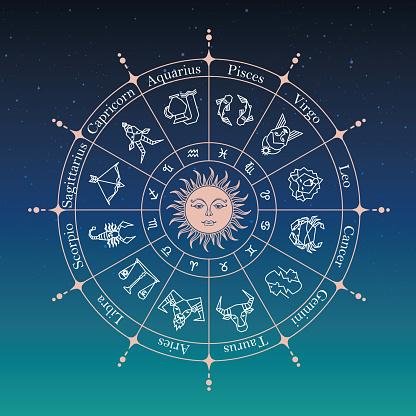In the history of the natural sciences, No other science has such a special and special place as astronomy.. Not only because it is the oldest, but also because studying the sky is also the study of mathematics, physics, chemistry, biology, philosophy and various other human knowledge.
The origin of astronomy goes back to the development of humanity, when the structures of social activities were completely different from those of today. predecessors Modern astronomers in their study of the cosmos have been Babylonian and Egyptian priests, Arab and Assyrian princes, Greek philosophers, and medieval monks. All of them were also astrologers.
In addition to so-called future prediction, astrology is defined by the study of planetary movements and positions in their supposed relationship to human personality. Considered pseudoscience by most academics and experts today – that is, claiming to use scientific relations in a way that is incompatible with the scientific method – Astrology shares a common history with astronomy.
In pre-modern times, astrology and astronomy were one discipline, and there was no distinction between the roles of astronomer and student of celestial mechanics.and the astrologer is its interpreter: both functions were performed by the same person.
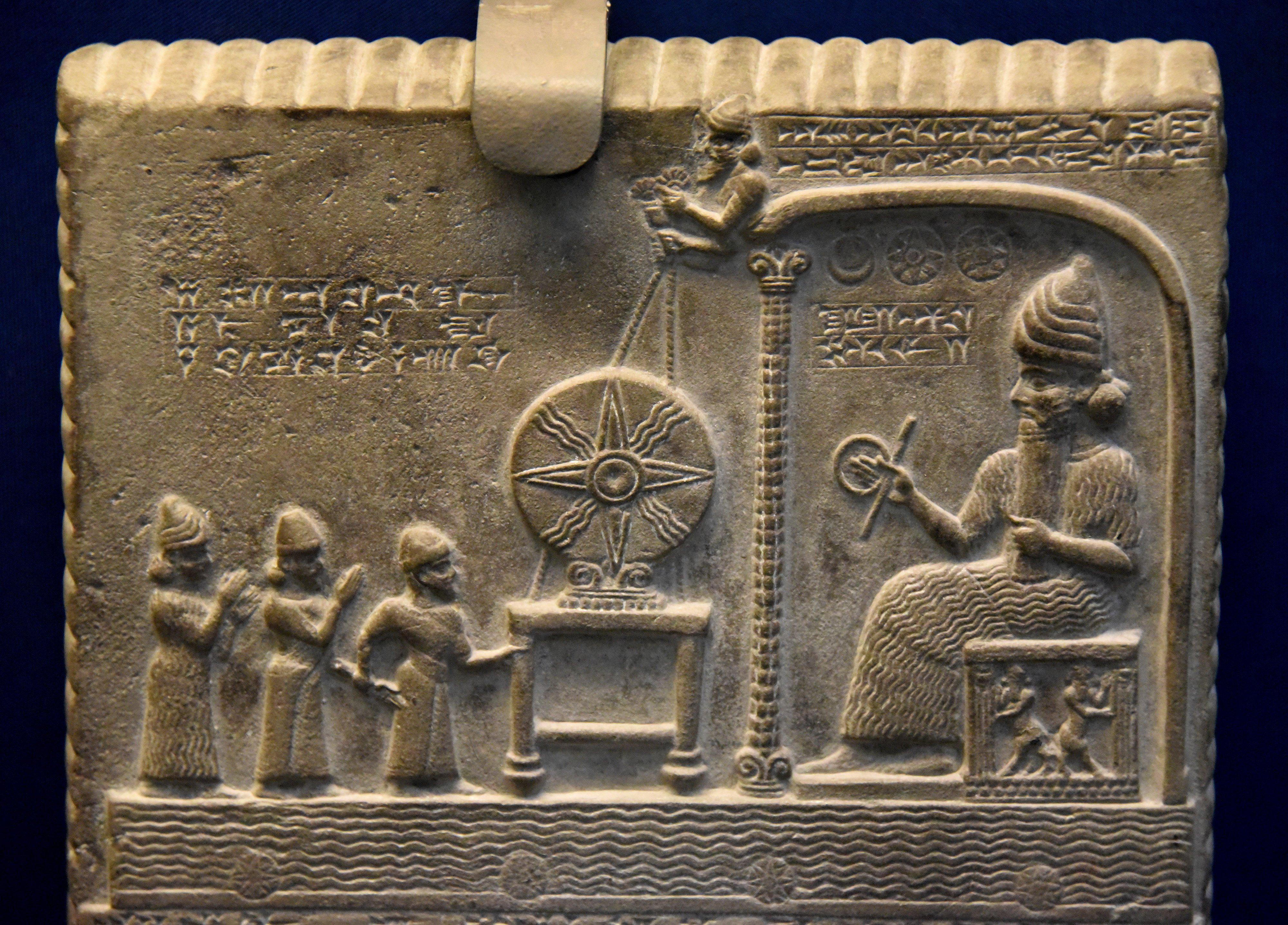
How did astronomy come about?
Most historians of science agree that the twin disciplines have common origins in ancient Babylon about 5,000 years ago. Because of the need to create an elaborate lunar calendar to track the rising waters of the Tigris and Euphrates rivers for lowland agriculture, the Babylonians became masters of astronomical observation.
In the night sky, although the stars follow a regular course from east to west as the clock progresses, planets do not always do this: they move sometimes backwards and then forwards in their orbits. This erratic behavior of some planets in the zodiac range—the then-known Mercury, Venus, Mars, Jupiter, and Saturn—leaded the Babylonians to believe that the planets were gods with their own powers.
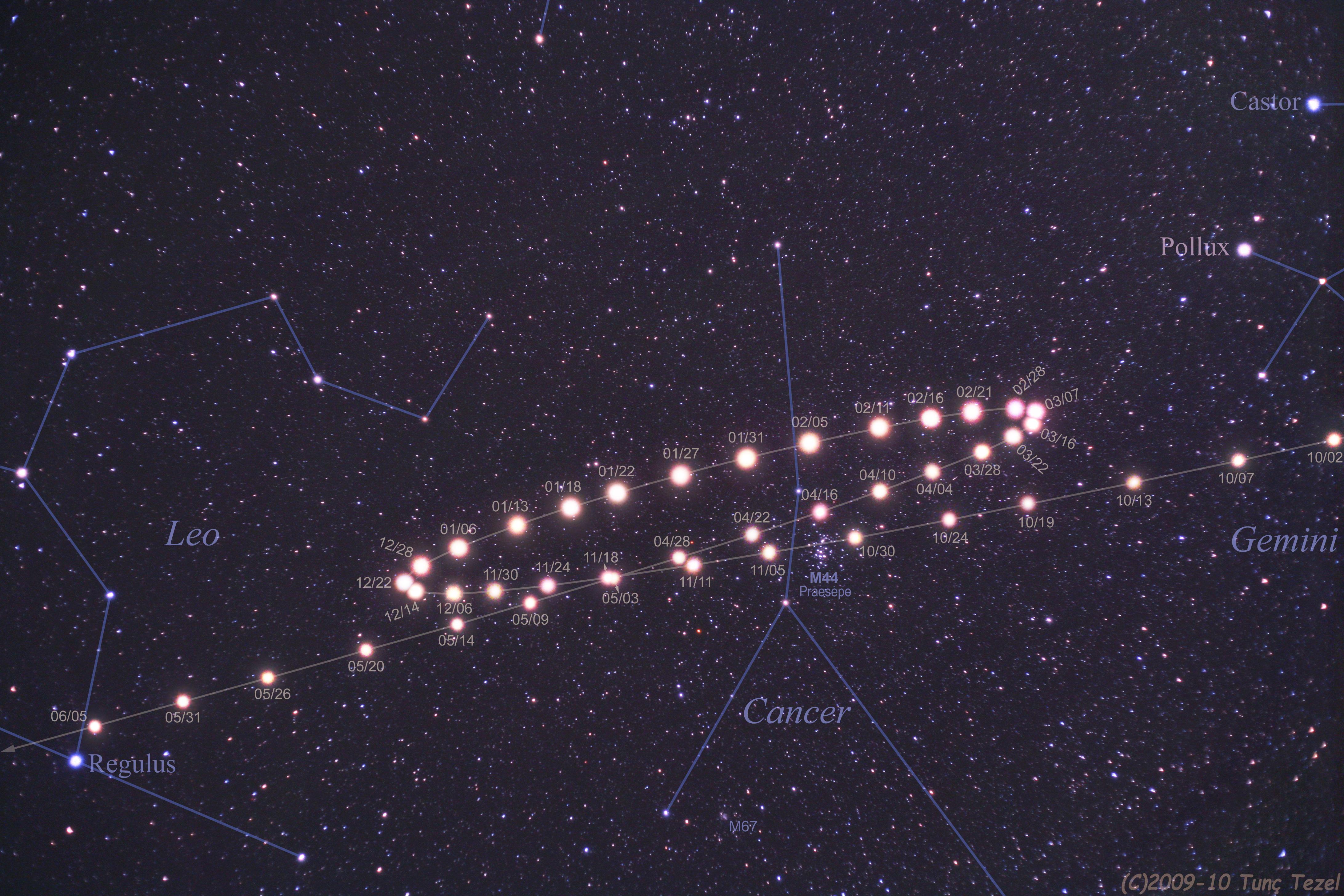
Around the 6th century BC, Babylonian priests gave rise to astrological signs by identifying the constellations marking the zodiac belt into twelve segments of thirty degrees each. Back then, the zodiac served as a reference sign, both for plotting the motions of the Sun, Moon, and planets, and for making astrological predictions. In contrast, the earliest zodiac records date back to 450 BC, during the Persian invasion of Mesopotamia.
Over time, astronomers-astrologers, who mainly made predictions for the royal families of empires and dynasties, began to popularize the practice of personal horoscopes. These predicted a child’s future, personality, and even life expectancy from planetary positions at birth.
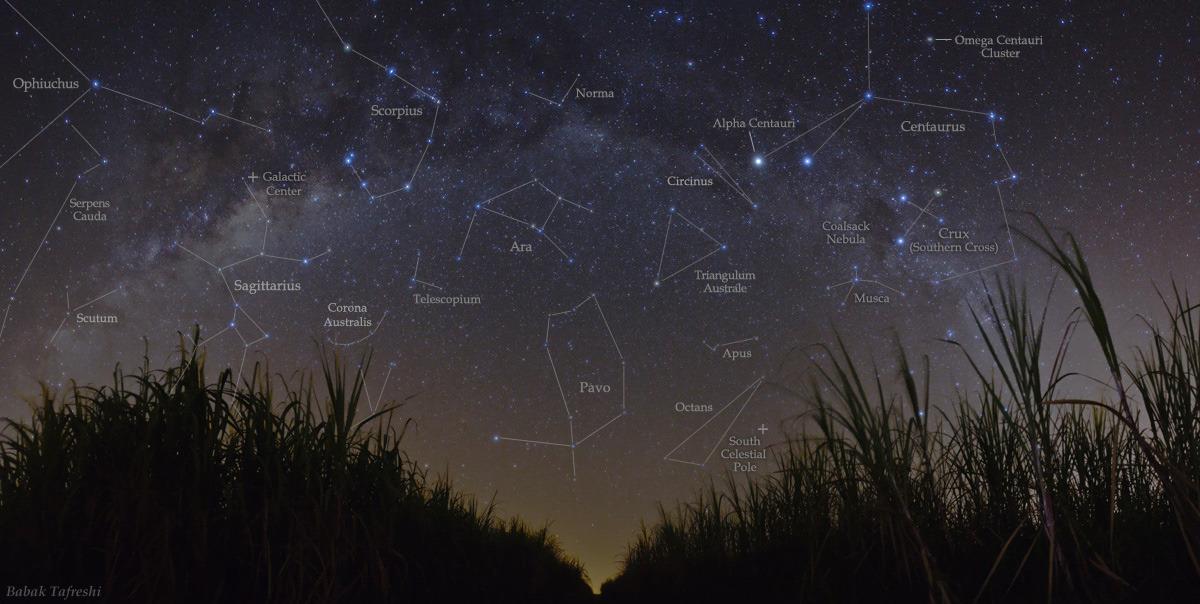
Why did astronomy separate from astrology?
After Christ, astrology gained wide acceptance in medieval Europe due to the translation of Hellenistic and Arabic astrological texts into Latin. However, at the end of the Middle Ages, acceptance of astrology began to decline repeatedly due to its acceptance in the royal palaces of Europe.
only with Under the influence of Francis Bacon, one of the fathers of the scientific method, astrology was officially rejected in the 16th century. as part of scholastic metaphysics (the main philosophical reference of the time) rather than empirical observation. A sharper distinction between astrology and astronomy in the West took place in the late 16th century and throughout the 17th and 18th centuries, when astrology was increasingly viewed as superstition by the intellectual elite, largely thanks to the influence of studies of planetary dynamics. Gravity of Johannes Kepler and Isaac Newton.
because of you a long common history, even today there is a common confusion between the fields of activity and the boundaries between astronomy and astrology.. Many contemporary astrologers reject the claim that astrology is a science, considering it a form of divination, an art, or part of a spiritual belief system.
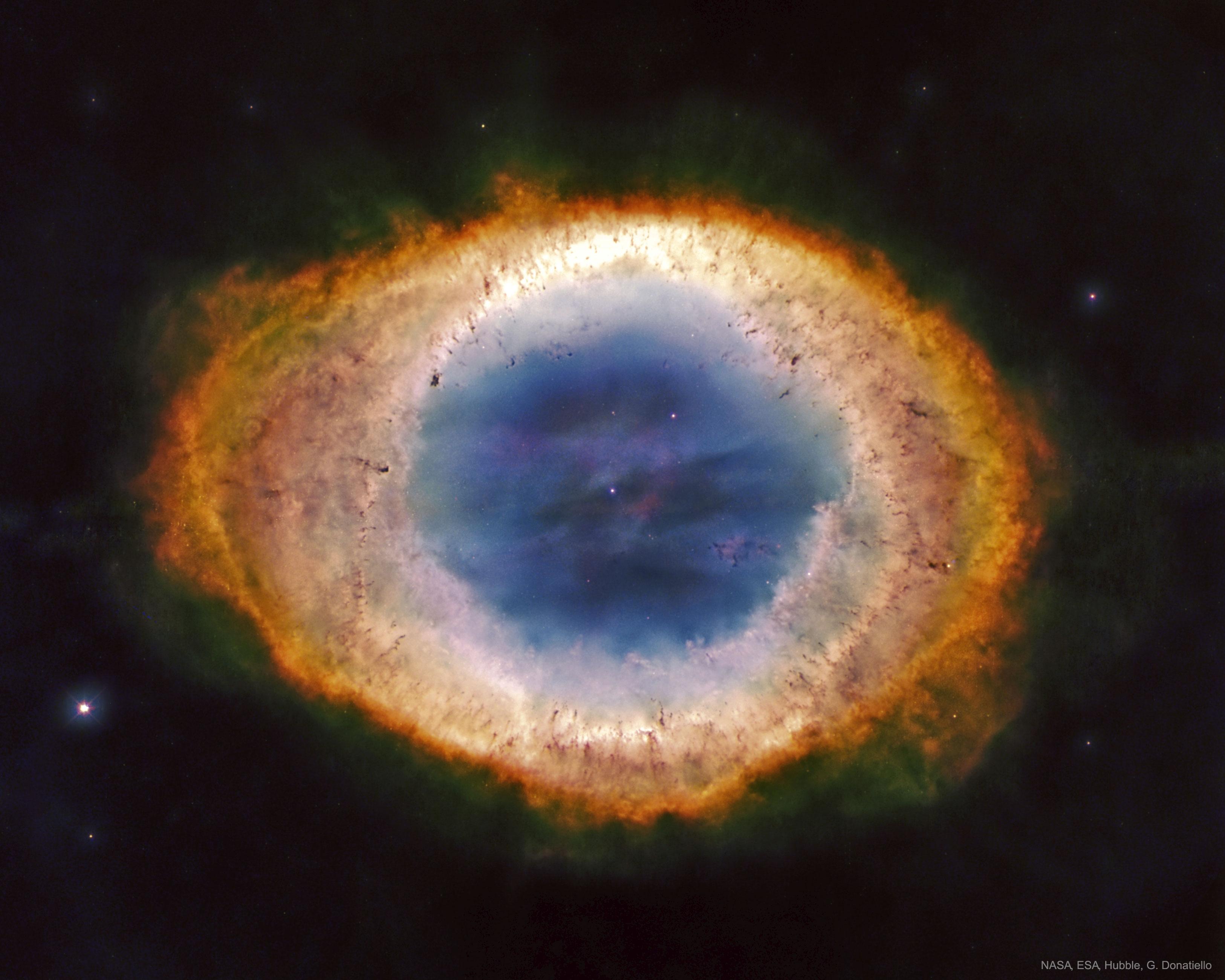
In any case, our ancestors believed that the night sky offered an open window to the Universe. They were right. Because of this initial fascination with the stars, we have good evidence that cosmic nature actually obeys a set of physical laws that can be used to predict the future with an accuracy that astonishes even scientists.
Two, five, or ten thousand years from now, perhaps future astronomers will look at this moment in history, our current scientific frontier, and laugh at our naivete. But like the ancients, our aims are pure. We have good reason to hope that the future will be good and that he will continue to appreciate our bold attempts to understand the sky.
Source: Tec Mundo
I’m Blaine Morgan, an experienced journalist and writer with over 8 years of experience in the tech industry. My expertise lies in writing about technology news and trends, covering everything from cutting-edge gadgets to emerging software developments. I’ve written for several leading publications including Gadget Onus where I am an author.






